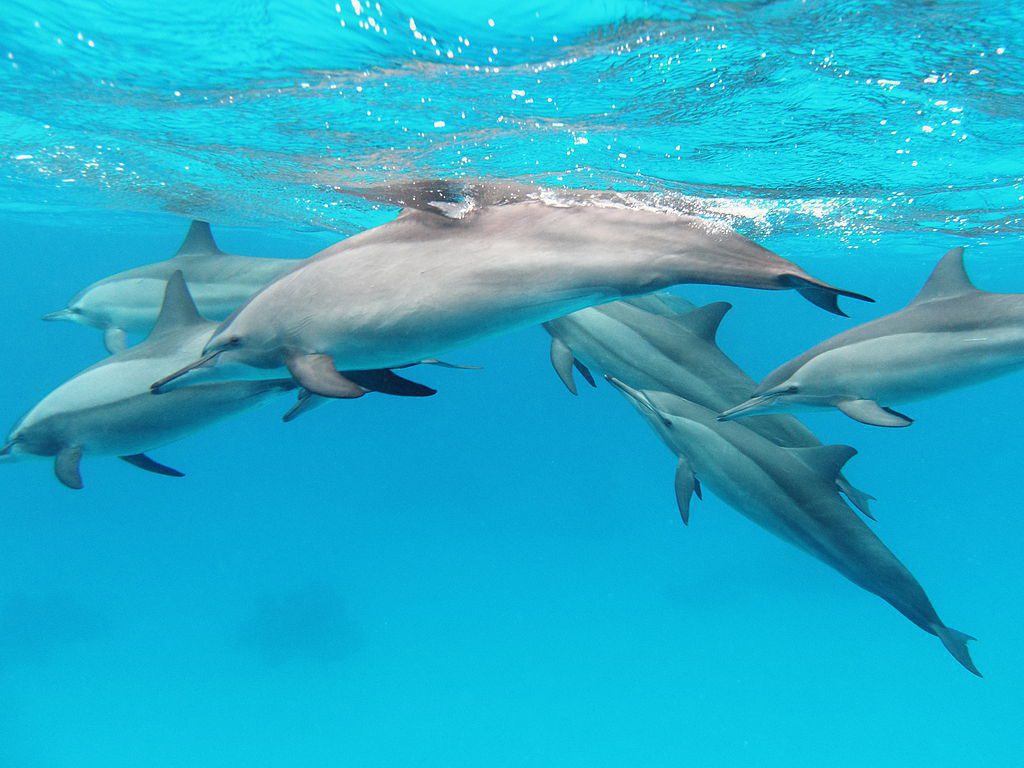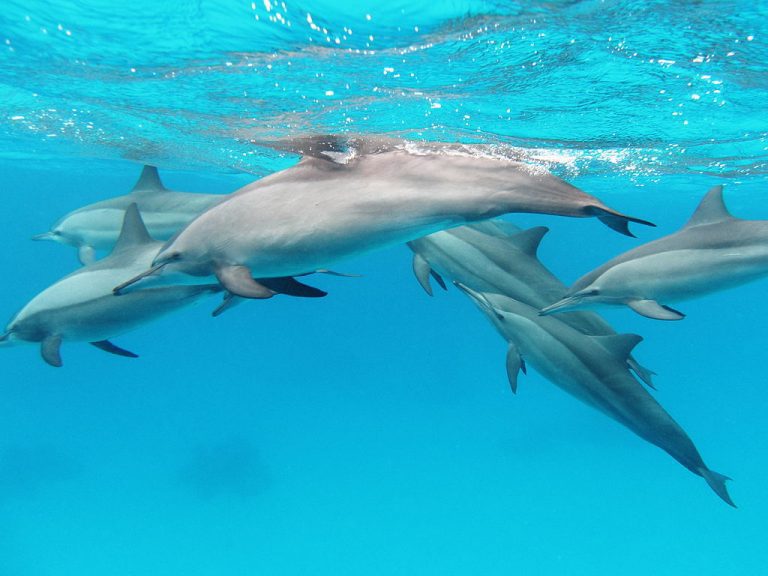There are 40 species of dolphin in the world, and a problem for scientific researchers who try to track or count them using acoustic monitoring is that to human ears their speech patterns sound broadly similar.

This has long made it difficult to identify and distinguish individual species.
Now the US National Oceanic & Atmospheric Administration (NOAA) has developed a computer algorithm called BANTER to overcome that problem. This “compound acoustic classification method” takes into account for the first time data from all the different types of call that dolphins produce, including whistles, echo-location clicks and “burst pulses” (rapid-fire clicking).
It merges the different signals to produce what it says is a far more accurate way of classifying each species.
Led by NOAA bioacoustics expert Shannon Rankin, the research team has tested the system over four months off the USA’s west coast, covering some 1000 hours of dolphin recordings and more than 2 million individual signals.
Checking the results against visual evidence, correct classification scores for individual species ranged from 71% to 92%, which gave an overall correct classification score of 84% for all five species.
Representing a big improvement over traditional methods, this is expected to make it easier and more efficient to estimate population sizes using underwater microphones rather than cameras or human observation.
The scientists say that the approach can be upscaled and easily be adapted for use in studying other types of wildlife.
Divernet – The Biggest Online Resource for Scuba Divers
09-Apr-17

